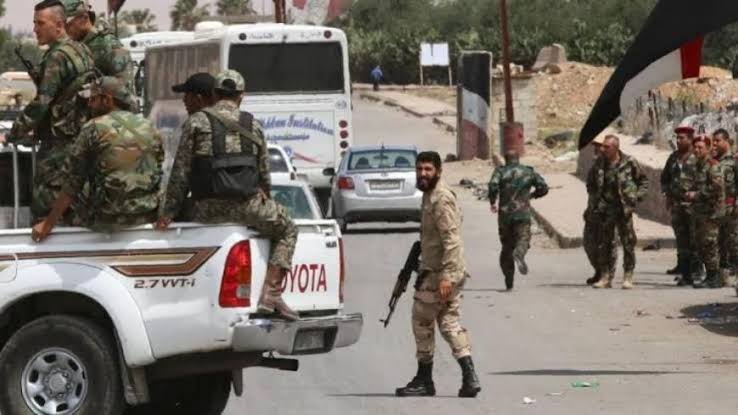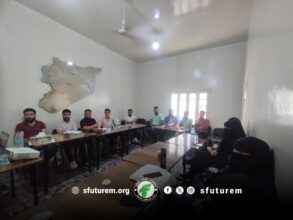Security infrastructure of society

First: Repressive Structure:
In this structure, the security system is based on oppression, which integrates in various forms. This creates a situation where military dominance, diplomatic dominance, and social dominance work together to entrench oppression, erode willpower, and discredit opinions, facilitating the ongoing degradation from the highest point of power to the lowest. This continuous degradation and discrediting lead to:
- Hatred
- Diminished dignity of the majority
- Submission due to the power of the oppressor, leading to hypocrisy among the oppressed who seek to evade confrontation when required.
- Hatred, a negative psychological capital aimed at the real threats causing oppression and deprivation.
- Absolute control by a minority
- Hypocrisy masked by necessity
These results add new psychological distortions to the community’s psyche, which, with continued degradation, can become permanent psychological disabilities, potentially inherited and perpetuated across generations.
This structure tends to disregard individual value in favor of the system, which legitimizes the sacrifice of individuals, providing a legal shield for despotism.
Second: Contractual Structure:
In this structure, the security system is based on consensus, cooperation, and partnership that safeguard will and preserve the right to choose, requiring:
- Cooperation
- Partnership
- Acceptance
- Integration
This approach paves the way for a rational value system:
- Positively affecting the mental structure of society and being inheritable
- Encouraging work, production, and change
- Rich in social capital, deep in scope, self-assured, and open to itself, rejecting negative psychologies, living in the present, and utilizing the moment for progress.
These results generate positive psychological capital, adding:
Third: Parasitic Structure:
In this structure, society fails to create an attractive environment, leading to the contraction of extended relationships due to a lack of trust and anxiety. Society retreats from the comprehensive level to the individual level and enters a state of temporal coma, living in the moment and presenting itself as parasitic communities seeking refuge under the security of others. These communities:
- Experience a contradiction between identity and belonging
- Lose initiative and fall into anticipation, waiting, and reaction
- Avoid confrontation
- Lose the ability to lead their internal contradictions as each part ends up in a contradictory environment compared to the one sheltered by the other part
- Feel psychological anxiety due to lost ability to choose and reliance on others’ choices
Characteristics include:
- Screaming and wailing to alert others of their oppression whenever new calamities arise
- Lamenting and crying over ruins as a defensive psychological reaction
- Seeking psychological refuge in the past due to anxiety about the present
Fourth: Chaotic Structure:
In this structure, chaos generates vacuums that distant security players exploit at the expense of the imminent threats. It is a mistake to believe that anything can fill the vacuum; rather, the organized, prepared, and pre-decided entities are those that occupy the space.
Written by Jaafar Al-Sadiq Tahan






